Pokemon facts - 30 little known pieces of trivia from the classic franchise
Think you know everything about Pokémon? Think again
An earlier version of this article originally appeared on this site on October 14, 2012.
Welcome to the world of Pokmon!

We're entering the era of Pokemon X and Y--just check out our Pokemon X and Y review and video series if you doubt us. To help spread the Pok-excitement, we're sharing some obscure facts from the franchise's history. Think you know everything about pocket monsters? You might be surprised...
Gold and Silver were planned as the final Pokmon games
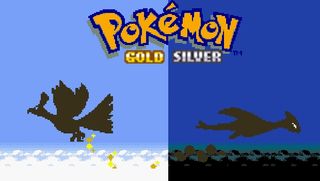
As explained in an interview between Nintendo president Satoru Iwata and Pokmon Company CEO Tsunekazu Ishihara, Gold and Silver were considered the last Pokmon games when they were developed. According to Ishihara, I didn't intend to make any more Pokmon titles. I even thought that once we entered the twenty-first century, it would be time for me to do something else entirely. Of course, plans changed after G/Ss success outpaced the original games--and were betting the huge piles of money helped change his mind too.
Originally in Red/Blue, you could battle Professor Oak

Professor Oak is a constant source of help and wisdom within the series, and his commitment to Pokmon is fairly scientific. But in the original game, he was also going to be someone you could battle. As a GameShark hack reveals, Oak has a team of high level Pokmon to fight in a standard trainer battle, but without the device, it's inaccessible. We're guessing at some point the developers decided Oak should only be a source of support in the game, and that's how he's been ever since.
Rhydon was the first Pokmon created

Though Arceus is the oldest Pokmon within the game universe, the first Pokmon ever designed was Rhydon. In the earliest designs for Capsule Monsters, the game that would ultimately become Pokmon, Rhydon appears multiple times and looks pretty close to his final design. This explains why you see random Rhydon statues in some of the games; theyre a tribute to his importance.
Meowth almost appeared in the first Smash Bros
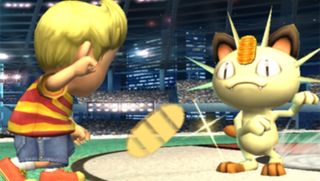
Since its inception, Pokmon have been an integral part to the Nintendo brawler Super Smash Bros, including Pikachu and Jigglypuff being playable in all three releases. At first, the Smash devs also considered adding a third Pokmon to the game, Meowth, based on his popularity in the cartoon. In the end he didnt make the cut, but eventually he appeared as one of the many Pokmon that attack from a thrown Pok Ball.
Nintendo's home consoles have appeared in many of the mainline games
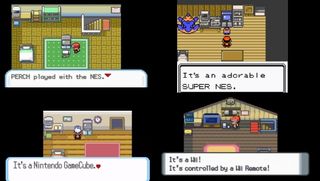
Pokmon games are well known for the number of secrets hidden within them, but one of our favorite Easter eggs are usually visible at the start of the game. In many of the mainline entries in the series, the main character owns a Nintendo home console, usually one for the matching Generation in its history. Its only a matter of time before we find a Wii U in our rooms.
Sign up to the GamesRadar+ Newsletter
Weekly digests, tales from the communities you love, and more
Pokmon Crystal was able to communicate with cell phones in Japan
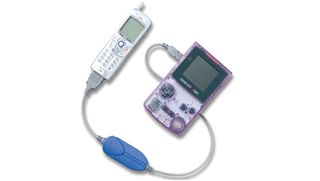
The online interactions in the more recent portable Pokmon games have took advantage of so much of the series potential, but Game Freak was trying its hand with the internet much earlier in Pokmon history. In Japan, Pokmon Crystal had an attachment that let players hop online to collect special items. The feature was dropped in the US, likely because the average American cell phone wasnt as advanced as models in Japan.
Pokmon have even appeared on money
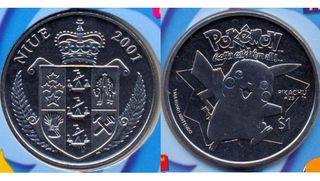
It goes without saying that putting Pikachu on something is a license to print money, but the lovable electric mouse has literally been printed on money. In the South Pacific island of Niue, though they accept New Zealand currency, the government also prints its own cash, sometimes creating special runs of coins. In 2001, they put Pikachu on the back of their one dollar coin to celebrate the series. How many other games can say they appeared on official currency?
Limited edition Waffles and Pop-Tarts

Sure, appearing on money is cool, but wed rather have our likeness appear on waffles, quite frankly. When Pokemon was at the height of its popularity in the US, Kelloggs teamed up with the pocket monsters to created Limited Edition Eggo Waffles and Pop-Tarts featuring some Gen I favorites. The Pop-Tart sprinkles shaped like the Gen I starters were a nice touch, and we loved that Gengars smiling face was on a waffle. The foodstuffs have long since stopped being produced, so if you happen to find one, we recommend not eating it.
Ninetales is based on the same Japanese legend as a beast in the Naruto anime
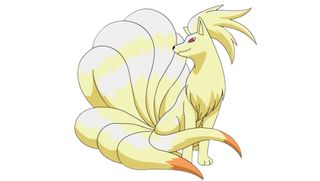
Ninetales was one of our favorite first generation Pokmon, with its impressive fire attacks and cute appearance, and we also love the inspiration for the creature. The idea of a magical fox pops up a lot in Japanese mythology, usually as tricksters and shape-shifters, though theres also the concept of a powerful, fire-breathing fox with nine tails. Thats where Ninetales comes from, and its also the inspiration for Kurama, the beast that is locked within popular anime star Naruto. Actually, the more you dig into Pokmon, the more characters youll find based on Japanese folklore.
Clefairy was almost the mascot for the series
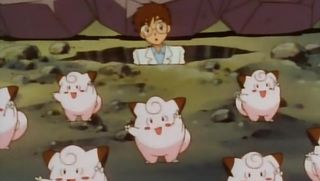
Today its unthinkable to have Ash followed by anyone other than Pikachu, but in the planning stages for the anime, thats just what happened. Originally Ash would be accompanied by a Clefairy, with the pink and clawed guy backing up Ash on his adventures. Ultimately this was changed before the show started airing, though in the Red/Blue manga, the Ash surrogate was accompanied by a Clefairy.
Henry Gilbert is a former GamesRadar+ Editor, having spent seven years at the site helping to navigate our readers through the PS3 and Xbox 360 generation. Henry is now following another passion of his besides video games, working as the producer and podcast cohost of the popular Talking Simpsons and What a Cartoon podcasts.
Most Popular




